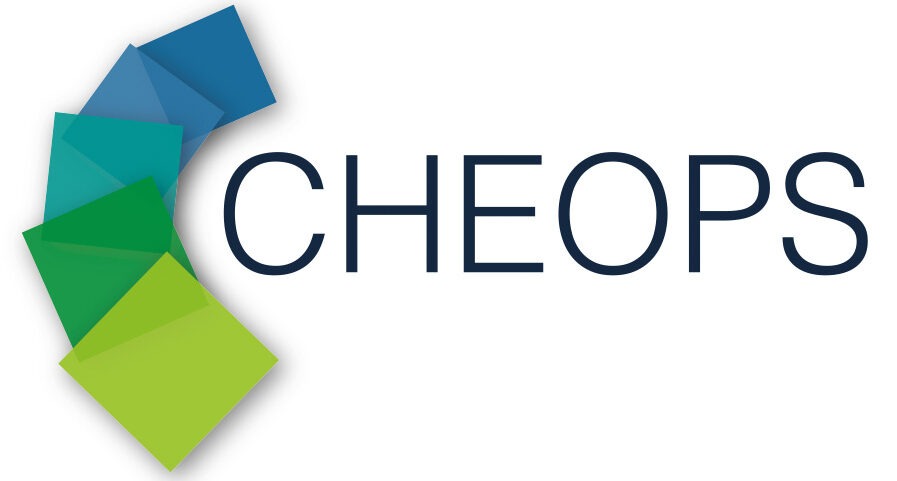Newsletter July 2018
The progress of the CHEOPS project
- European Perovskite PV Days 2018: Summary from two sunny days in Oxford, where representatives from all major EU-funded perovskite PV projects were gathered to discuss the most pressing issues of the European perovskite PV community. Read the full reportage here
- Increasing efficiency: CHEOPS researchers from EPFL and CSEM have combined silicon- and perovskite-based solar cells achieving an efficiency of 25.2%. Their innovative yet simple manufacturing technique could be directly integrated into existing production lines, and efficiency could eventually rise to above 30%. Read more here
- Unified Standard for Measurement and Stability Testing of Perovskites: As an outcome of the European Perovskite PV Days, CHEOPS has taken the initiative to introduce a unified standard for measurement and testing of perovskite-based photovoltaic devices. The CHEOPS protocol will strengthen the reliability of scientific results and enable comparison between different research groups. Read the full article here
Newsletter November 2017
Half way through the CHEOPS project
- Dead area of photovoltaic modules decreased to 400µm: Partners in CHEOPS have managed to decrease the break lines – also known as “dead area” – of the photovoltaic modules of perovskite solar cells to only 400µm. The breakthrough was achieved by applying optimized laser patterning processes. More information on the different laser sources and parameters is available here.
- Increased performance of perovskite solar cells thanks to new production processes: CHEOPS researchers have discovered that reducing the thickness of BL-TiO2 from 40-50 nm to 20-30 nm increased the open circuit voltage by 10.36 % on average. Experiments also showed that special uniformity is key for upscaling perovskite technology. Read more about how blade-coating of modules will advance the technology here.
- Preliminary results of life cycle analysis are positive: CHEOPS researchers have successfully concluded the preliminary life cycle assessment of perovskite/silicon tandem cells. Results show that most of the impact on the use of resources, global warming and energy demand does not stem from the perovskite devices themselves but from the standard Si devices. More information about the results of the study and the aspects it has taken into account can be found here.
Newsletter April 2017
The progress of CHEOPS after one year
- 5×5 cm² module demonstrator: Three CHEOPS partners have developed single-junction perovskite modules on a 5×5 cm² substrate. All modules have reached a power conversion efficiency (PCE) of >12% on active area and a stabilized PCE of more than 10% at maximum power point. More information on architecture, manufacturing flow and materials is available on the CHEOPS website.
- Perovskite/silicon tandem cells: CHEOPS has developed a low-temperature (i.e. below 200°C) fabrication process yielding perovskite solar cells with highly uniform absorber layers. This is key for the fabrication of perovskite/silicon heterojunction tandem cells, since the perovskite top cell is directly processed onto the bottom cell and temperatures above 200°C would deteriorate the performance of these high-efficiency bottom cells.
- Increased stability: CHEOPS partners have developed an encapsulation strategy by testing and comparing several sealing procedures using accelerated life tests on encapsulated cells.
- Publications: Three publications have come out so far from our work on the CHEOPS project. Manuscripts or published versions are freely available for download.
